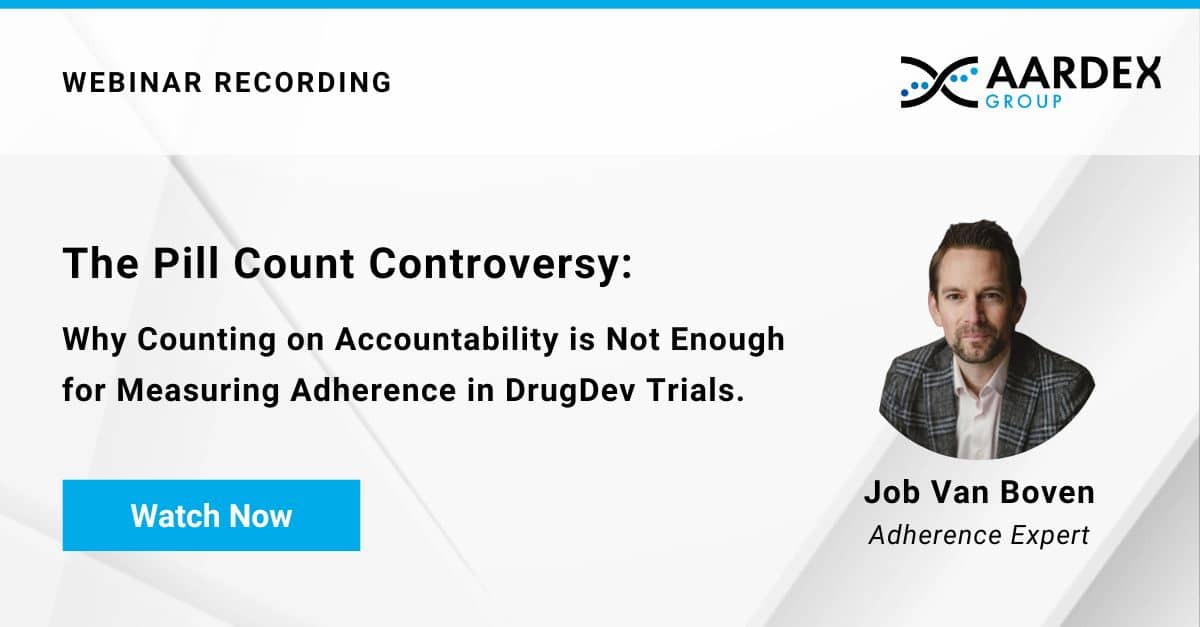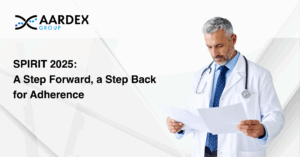In recent decades we have witnessed a shift in how chemotherapy drugs are administered. Historically, cytotoxic chemotherapies were almost exclusively administered by a healthcare professional (HCP) via injection or intravenous drip, but today, oral chemotherapy drug forms are becoming increasingly common, giving patients ever more control over their own treatment regimes.
Research indicates that oral anti-cancer therapeutics now make up around a quarter (25%) of the oncology drug market [1], and this figure is set to increase thanks to a consistently strong pipeline. In 2020, against a wider backdrop of increasing approvals by the US Food & Drug Administration (FDA), two-thirds (67%) of newly approved cancer agents were created in an orally administered form [2].
This trend has been driven by the clear ‘pros’ that oral chemotherapy drugs bring to cancer patients. Tablets, for example, are a familiar dosage form that do not require any additional paraphernalia, such as the needles that add an extra layer of anxiety to IV treatments for some patients. Furthermore, there is no requirement for travel to a clinical setting for dosing and no requirement for administration to be overseen by a healthcare professional (HCP) which increases convenience for patients and reduces costs for payers.
These benefits are exemplified in the case of breast cancer treatment with hormonal adjuvant therapy, which can be indicated to minimize the risk of recurrence but requires a patient to take the drug for up to five years. The extended nature of this timeframe makes it all the more important for hormonal adjuvant therapy to be available in a patient-friendly form.
Adherence to Oral Chemotherapy Drugs
While oral chemotherapy drugs can therefore be seen to hand far greater control to the patient in terms of their therapy management, this can be problematic in the context of complex regimes with irregular dosing patterns. At a simple level, patients are unlikely to be aware of the importance of good adherence as well as the risks associated with non-adherence, which results in poor dosing consistency. And for those already struggling to cope with the physical and emotional difficulties of a serious illness, the benefits of being cast as both patient and medication administrator can be overshadowed by the potentially conflicting nature of those roles when severe side effects are experienced. The extent of these very real symptoms can lead patients to lose sight of the outcome they are working towards, leading to non-adherence and discontinuation of treatment.
Research has underlined the importance of addressing this conflict between the increased patient access provided by the increased prevalence of oral anti-cancer drugs and the correlating increased risk of non-adherence. In one study of patients with chronic myeloid leukemia (CML) taking imatinib, adherence was revealed as a critical factor in achieving cytogenetic responses [3]. Separately, a study into children with acute lymphoblastic leukemia (ALL) found that a high level of non-adherence – defined as an adherence rate lower than 95% – translated to a 2.7-fold increase in relapse rates [4].
Tackling Toxicity in Oral Dose Cancer Drugs
Since adverse reactions are a dominant contributor to non-adherence, scientific efforts have focused on tackling the issue of toxicity in relation to oral anti-cancer treatments and their dosing levels. For example, Molecularly Targeted Agents (MTAs), which are also referred to as targeted therapies or precision medicine, have been shown to break the connection between efficacy and toxicity levels, allowing for improved effects with fewer side effects.
Hitting this preferred ‘sweet spot’ is not necessarily simple, however. Drug development programmes are still largely conducted under the premise of delivering a maximum-tolerated dose (MTD), with the potential for enhanced toxicity accepted as a compromise in pursuit of desired efficacy levels. Taking a more targeted approach might allow the severity of adverse reactions to be reduced, but it also demands strong adherence monitoring since deviation under the specified dose could result in lower efficacy.
Because of its targeted and accelerated nature, drug development currently relies on toxicity data observed in a patient’s first treatment cycle (cycle 1) to inform the process. Additional valuable insight can be gleaned from the analysis of cycle 2, but this is typically not factored into product development since it would introduce greater complexity, extend approval timeframes, and lead to higher costs.
As such, the result is an incomplete picture of dosage optimization and a failure to hit the target ‘sweet spot’ between efficacy and toxicity. Oncologists, supported by therapeutic drug monitoring, face a difficult task in managing this situation in an increasingly crowded landscape of anti-cancer drugs.
The FDA has announced its ambitions to address this less-than-perfect situation through Project Optimus, which is focused on improving decision-making in drug development programmes. The goal is to set in train a cascade of benefits that starts with optimization of dosing, leads to avoidance of excessive toxicity, and ultimately results in improved, sustained adherence to oral anti-cancer treatments among patients. This is being supported by updated industry guidance issued in 2023 entitled ‘Optimizing the Dosage of Human Prescription Drugs and Biological Products for the Treatment of Oncologic Diseases.’ Within its approach, the FDA underlines the importance of evaluating toxicity data at each step of the patient journey and undertaking randomized trials to get a true picture of patient responses as part of the development phase, including consideration of the various physical and psychological factors that will influence targeted, optimized dosing.
These developments recognize that the trends for diversification away from traditional clinic-based administration routes and the expansion of patient-centric oral forms require dosage strategies to be updated. It also indicates an acceptance of the fact that while the logic behind the concept of adherence is sound, it is far more fragile in reality, and effective monitoring is needed, both in drug development and in practice.
In summary, the transition towards oral dosage forms in oncology has answered some key patient concerns, but for too long, high levels of dosing, high toxicity, and a high prevalence of adverse reactions have remained an accepted cost of cancer treatment. In supporting the development of drugs that strike a better balance between efficacy and toxicity, adherence and, therefore, patient outcomes can only improve, signaling that cancer treatments are again moving into a new era.




